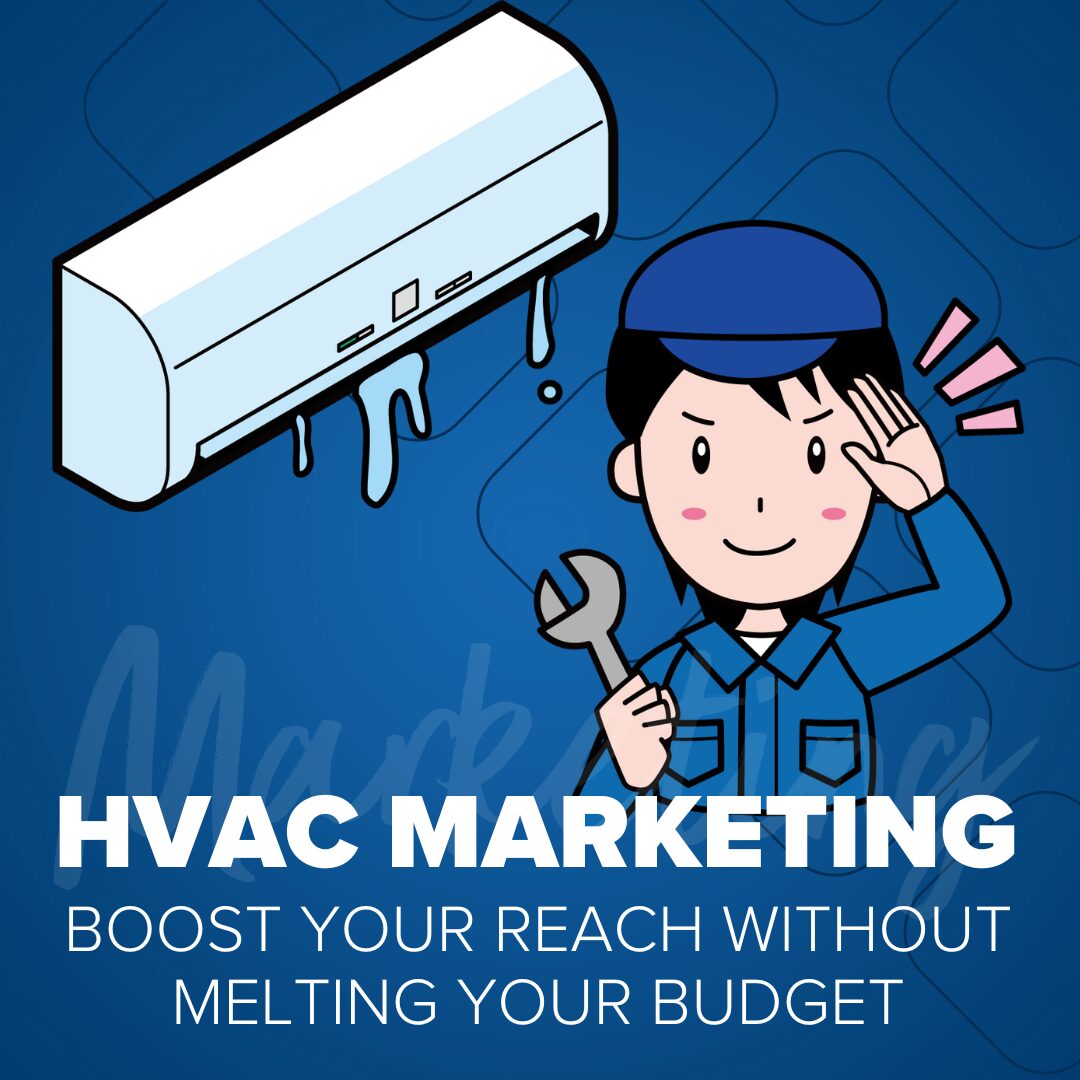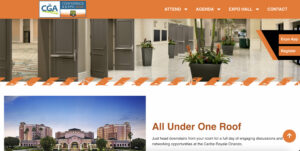
HVAC Marketing: Boost Your Reach Without Melting Your Budget
Ah, the wild world of HVAC marketing—where every season brings new challenges, competitors are practically breathing down your ducts, and…
Read More

What’s the purpose of an association website? Well, as a digital agency that has worked with a lot of associations over the years, we can tell you that there is usually not one, simple answer. Most associations have diversified goals including:
Association websites can also be incredibly dynamic platforms for the members and the general public alike. Association websites can include:
Therefore, an association website’s design and development must focus on fulfilling these primary objectives. So, let’s discuss: What makes a great website for associations?
First, let’s talk about the biggest do-nots, hiccups, and slip-ups your association website should avoid at all costs.
There are a lot of things that can contribute to a bad user experience, but why is focusing on this so important? Because you can have the grandest cause in the world, the coolest events, the best education and information around – but if users cannot easily use your site, none of that will matter.
Many things can contribute to a poor user experience, but the biggest ones are usually:
Your website should be simple to follow. Users should be able to find the information they’re looking for quickly and easily.
Once they locate it, the pages, documents, videos, images, forms, products, etc. should load quickly – in a matter of a very few short seconds – or less. See our Rambling about website optimization tips for more information about best practices for site operability.
 Poor Design
Poor DesignOutdated or confusing design will turn off users quicker than almost anything else. When it comes to websites, people really do judge a book by its cover. There are a few design faux pas you want to avoid:
Content means more than words. It’s images, videos, infographics, product descriptions – whatever contains copy and conveys your message. And most associations generate an amazing amount of content!
Understanding what your users are looking for – not just the what, but the how – is critical. But beyond what we’ve already noted above, what are some content mistakes to avoid?
In 2023, content is still king. To see why professional content marketing and writing are super important for the health and wealth of your website – check out this Ironistic Rambling: “The Compelling Case for Content Writing Services”.
So, now you know a bit about what not to do. But, what are the best practices for association websites? Well, Ironistic has crafted a lot of digital platforms for associations of all kinds as well as nonprofits, so we feel we’ve got some pretty good insight into what makes this particular niche of websites successful. Here are some pointers:
You need valuable content that meets the needs and expectations of your members. You also need engaging design that compels their interest and encourages them to join, rejoin, and stay involved with your site and your organization.
The strategy for an association website must balance the need for creative design with the need for robust, intentional content. Don’t sell one short for the other.
Incorporate a compelling and appealing design direction with a clear visual hierarchy and navigation structure, so that users are engaged but also not confused about what’s most important and where to go.
Part of a great design and marketing strategy is knowing who you are. What is your identity? What is your brand? How do you convey that visually and textually?
Users should clearly understand who you are, what you offer, and what you stand for – through your words and images. You can read more about brand identity in this Rambling that discusses brand style guides and why they’re important.
Besides branding-related content, what else should you ensure is part of an association website? Dynamic, interactive content is always a smart, elevating move. High-resolution images, videos, and interactive graphics are all great ways to engage your users.
But, your users also need to know what to do and where to go. Integrating plenty of CTAs that stand out will help guide the users through your site and toward your intended conversions (i.e.membership sign-ups, event or webinar registrations, resource downloads).
Members are also looking for education and information related to the particular industry, occupation, or cause you’re representing. Make sure you offer a robust library of resources that meets this need and advertise it on your home page.
Other tips for great content:

A website for an association typically houses a plethora of content for its members. This content, whether on-demand eLearning modules, eCommerce, white papers, news, or blogs should be neatly and simply organized – and searchable.
An association website should have simple navigation and easy-to-use search and filter capabilities. No one wants to spend hours sorting through pages and pages of content just to find the one thing they are looking for.
In addition, make sure important features, modules, and widgets like event registrations and membership sign-ups are easy to navigate and use. Think about including other valuable features like community forums, email groups (so you can focus your outreach efforts), event calendars, and member directories.
Make sure your website is accessible for people with disabilities. 508 compliance is important not just to keep up with standards, but to ensure that members who have visual, hearing, or other disabilities can successfully interact with your website and association.
You should also make sure your website is mobile-responsive. The majority of users use mobile devices to access content, and this percentage will only grow. It is absolutely imperative that your site is fully engaging and accessible on any device.

Finally – and most important of all – your website needs the right association management system (AMS) that provides all the capabilities your organization needs to operate effectively:
A quality AMS will make your life so much easier. It can:
A website for associations usually includes a members-only area with resources only available for registered participants. This gives value and encourages membership sign-ups, but there is one significant drawback: Content hidden behind this wall cannot be crawled by search engines.
Search engines need to be able to crawl enough content on your site so that potential members can find your website organically (SEO). Make sure your fully-accessible pages have enough optimized content so that search engines not only ‘see’ them, but find them highly valuable. This will give your website a greater chance of ranking well on the first page of relevant search results.
Associations also need to consider SEM strategies. While SEO focuses on organic rankings, SEM focuses on paid advertising. Pay-per-click (PPC) digital marketing should be part of any organization’s outreach – especially for events and advocacy. This can put you front and center of your intended audience, raise your profile, and cultivate the successes you need.
For other association marketing tips, check out our blog about membership marketing tactics.
As we said before, Ironistic has years of experience strategizing, developing, and designing websites for associations. You can see some of our highlights in Our Impacts.
One example is SNAC International:

You can see from the hero area on the home page that the brand identity, creative design, mission statement, navigation menus, and CTAs are all clear, simple, and visually engaging.
Below the fold, traveling down the page, users are treated to a highlight-reel video, a CTA for future events, simply-organized resources, social media links, a clear call to join, and an easily-fillable contact form.
Across every page of the SNAC site, the visual identity and message remain clear and consistent, and CTAs for events and membership are incorporated at every phase of the user’s journey.
Want to see more? Connect with Ironistic for more information and to get started on developing a truly impactful website for your association.
Comments
There are currently no responses.